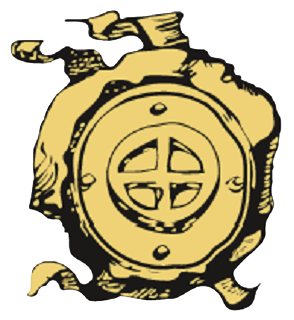Innovative Inspirations
Unleashing Creativity by Embracing Symbolism, Tradition, and Interdisciplinary Thinking

This article examines the artworks of M.K. Čiurlionis, a famous European symbolist. Not only that, it will look into how the artist’s ideas penetrated into science. Perhaps most curiously, it will give you suggestions on how to utilize artistic breakthroughs to boost your own creativity.
The article is sponsored and was helped to prepare by the language service Magistrai. The company specializes in translating and creating impactful texts. One of the ways to achieve extra impact is to learn the theory and history of art. Then we customize artistic discoveries to serve worthy contemporary endeavours. The story of Čiurlionis was first released last year as a YouTube video.
1. Artists use symbols to convey deep concepts
At the end of the nineteenth century, it was popular to believe that essential things in life cannot be conveyed with the help of conventional language. For example, it is pointless to try to explain what beauty is to somebody who has never experienced it. One must experience beauty first-hand in order to understand it. The same goes for all truly important things in life — love, the miracle of existence, transcendence, calling, or devotion.
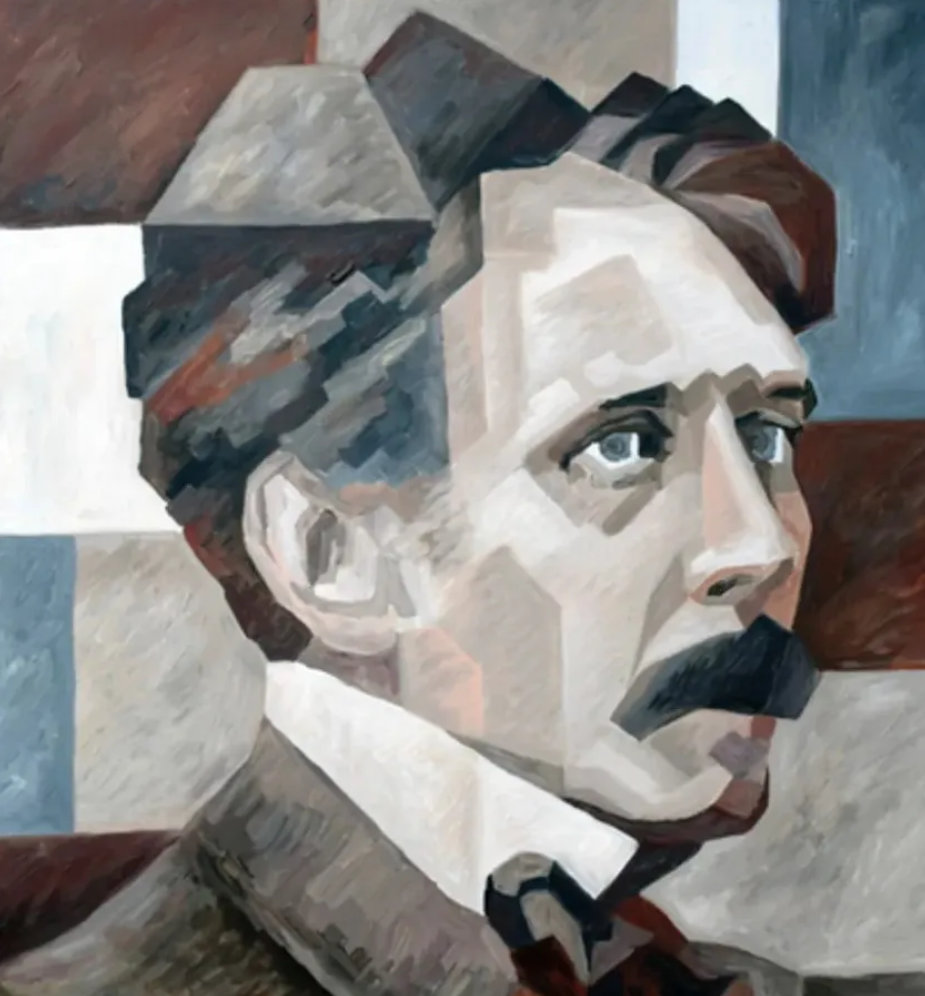
Stylized portrait of M.K.Čiurlionis by Vladas Mackevičius
If the essentials of life cannot be conveyed through conventional language, might it be that there is some other, even more powerful language to help us out? Indeed, artists respond — it’s the language of symbols. A symbol says more than a thousand words. As Carl Jung would put it, it activates subconscious knowledge within our psyche. Symbols trigger imagination, and thus we react with vigour.
Čiurlionis’ works — his music and paintings — render an impact of this kind. His artistic efforts are designed to discern and convey what lies underneath the surface and what actually constitutes the essence of existence.
The painter almost never commented on his works. There were several reasons for this. One reason I’ve already mentioned — he believed his works portrayed things that were outside the bounds of conventional communication. The second reason is that the artist used symbols in abundance, and symbols excite everyone’s soul in distinct ways. Therefore, had Čiurlionis explained what effect he projected with one or another of his work, this would rather thwart a personal awakening each viewer would have experienced on his own.
The enlightened society of that time was inspired by everything that lies deep underneath the surface and comprises the essence of things. For example, German philosophers popularized such deep-core concepts as the zeitgeist, the national spirit, the mystery of being, or cosmic harmony. Concepts like these — with the help of symbols — are explored in the works of Čiurlionis. He was among the first to conclude that realistic depiction was a thing of the past. Instead, one must convey his subjective view of the world, to transfer how your immaculate soul sees it. If you are successful at that, you will create a way more powerful effect with your artwork.
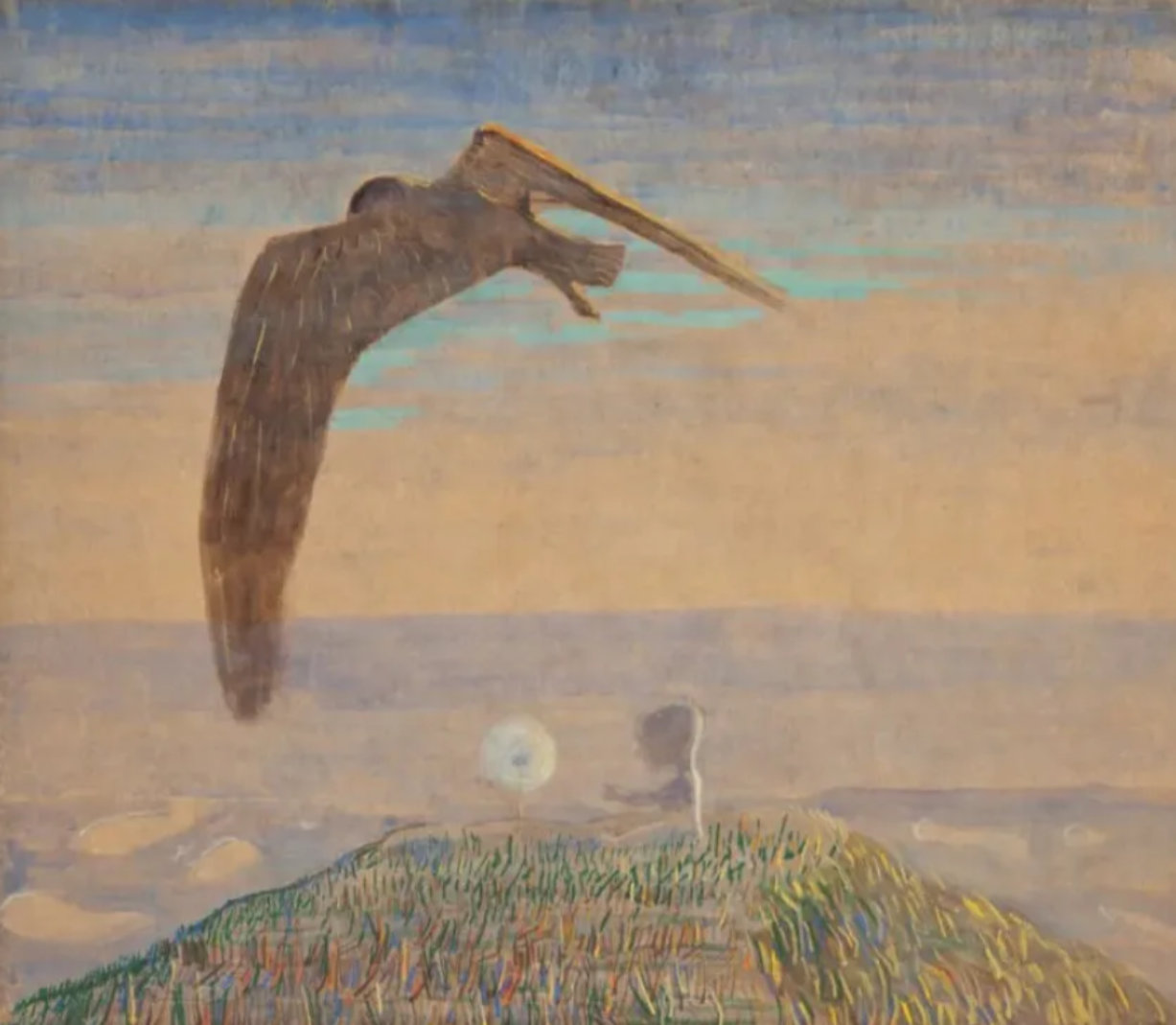
M.K. Čiurlionis. Fairy Tale II, 1907
Thus, Čiurlionis was among the pioneering artists who set out to demolish the realistic depiction in painting. He is a predecessor, albeit not as radical as, say, Salvador Dali, who came to the forefront of artistic innovation a few decades later. The main motifs in the works of Čiurlionis are abstract, but details are still concrete and easily recognizable.
2. Music into imagery and vice versa
All the above is characteristic of any symbolist. This is what symbolism in art is about. What is unique about Čiurlionis and what specifically brought him international recognition? His specialty was painting music and composing paintings into music. He was both a painter and a composer, equally great at both. So he set out to translate paintings to music, and vice versa. In other words, he played imagery and painted sounds.
Čiurlionis graduated from a musical academy in Warsaw, resumed musical education in Leipzig. After some years he returned to Warsaw and studied to become a painter at the Academy of Fine Arts. Thus he had comprehensive knowledge in the theory of art. This prodded Čiurlionis to come up with a breakthrough idea — to translate the internal principles of music into the language of painting and vice versa. That’s how he began to draw music of his own making. Undoubtedly the first in the world.
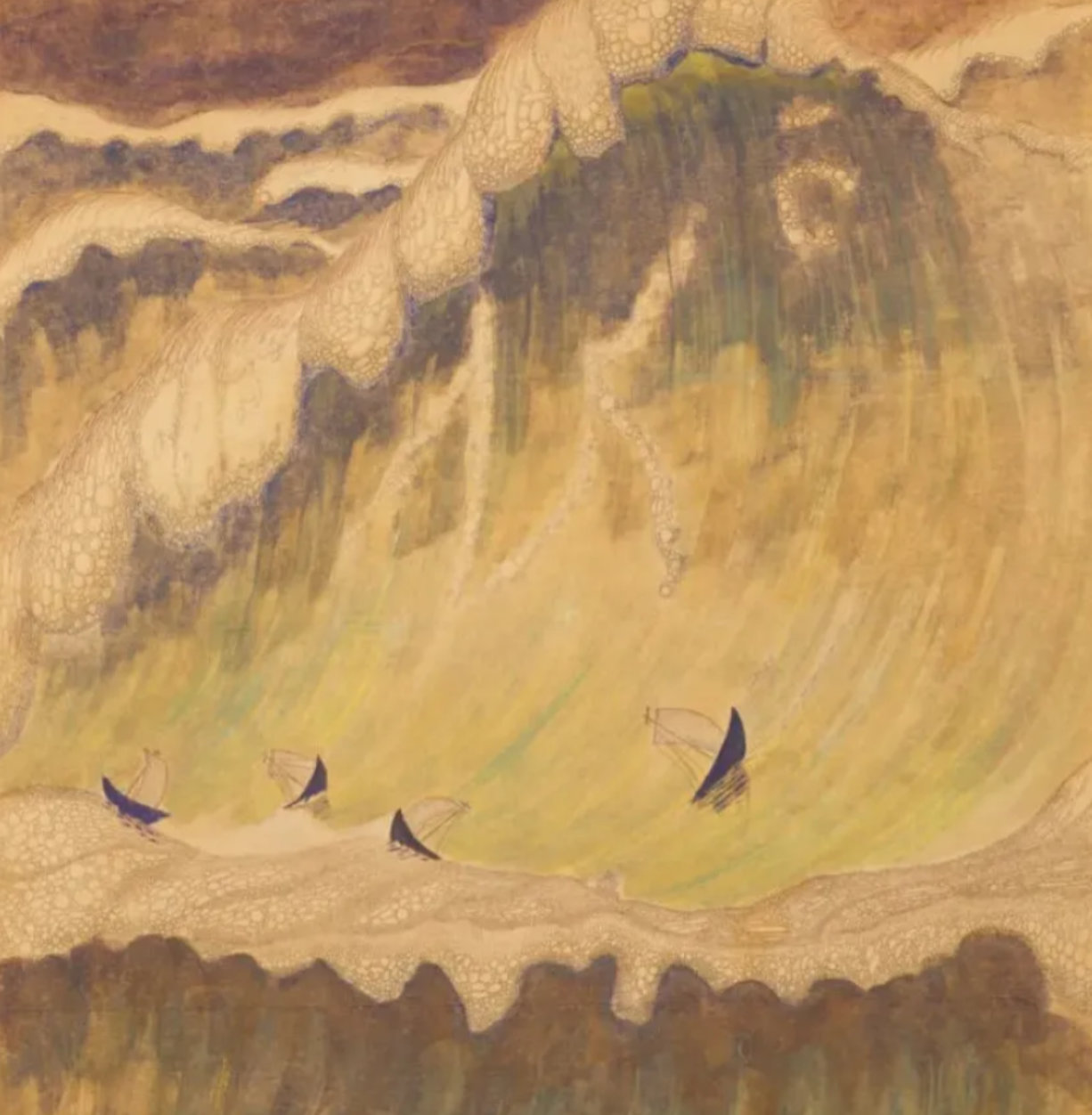
Sea sonata 3, 1908 (music rendered into painting)
Antras dalykas, pelnęs jam pasaulinę šlovę, buvo unikalus Čiurlionio būvis dviejų civilizacijų sandūroje. Čiurlionis savo, kaip menininko, kelią pradėjo Vakaruose. Grafo Mykolo Mikalojaus Oginskio remiamas, Varšuvoje studijavo muziką, vėliau dailę. Keliavo po Vakarų Europą ir gerai susipažino su Vakarų Europos meno tradicija.
Siūlau paskaityti: „Tolimų protėvių akimis. Kaip pasaulį mato archajiškų kalbų atstovai“.
Tačiau tikrąjį pripažinimą Čiurlionis pelnė kaip Rusijos imperijos menininkas. Ten jis buvo išties originalus ir pakankamai greitai sulaukė meno žinovų palankumo. Paskutiniais metais prieš Pirmąjį pasaulinį karą, Čiurlionis buvo žinomas kaip vienas ryškiausių imperijos menininkų.
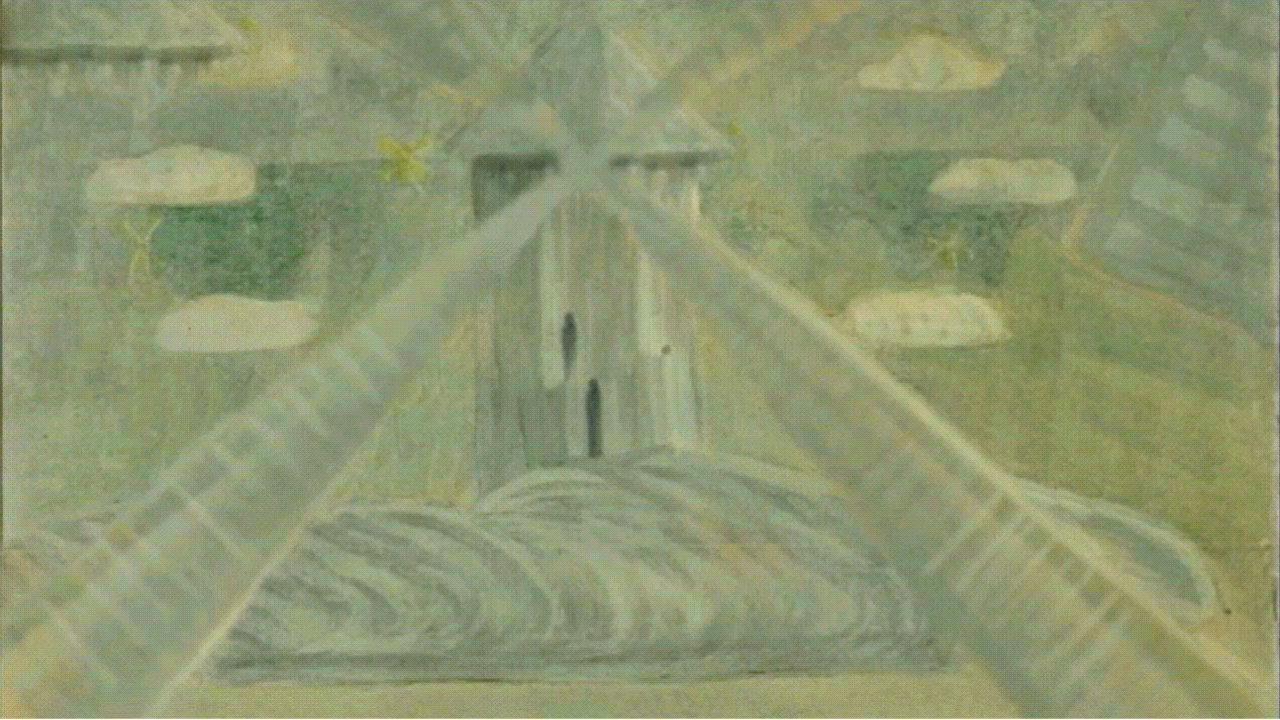
Spring sonata. Andante, 1907 (another depiction of music).
The second thing that earned him worldwide fame was Čiurlionis’ unique existence between two civilizations. Čiurlionis started his path as an artist in the West — with the support of Count Mykolas Mikalojus Oginskis, he studied music and later art in Warsaw. He traveled across Western Europe and became well acquainted with the Western European art tradition.
However, Čiurlionis achieved full recognition as an artist of the Russian Empire. There he was truly original and soon enough gained recognition from connoisseurs of art. In the last years just before World War I, Čiurlionis was esteemed to be one of the greatest artists of the empire.
3. Elevating Folk Art to High Art
What made Čiurlionis yet more original was that he drew inspiration from Lithuanian traditional art. Symbolists, as it were, discern spirit everywhere. Thus Čiurlionis committed to bringing the Lithuanian national spirit into high music and art. In the language of that era, he was drawing inspiration from the roots of the nation.
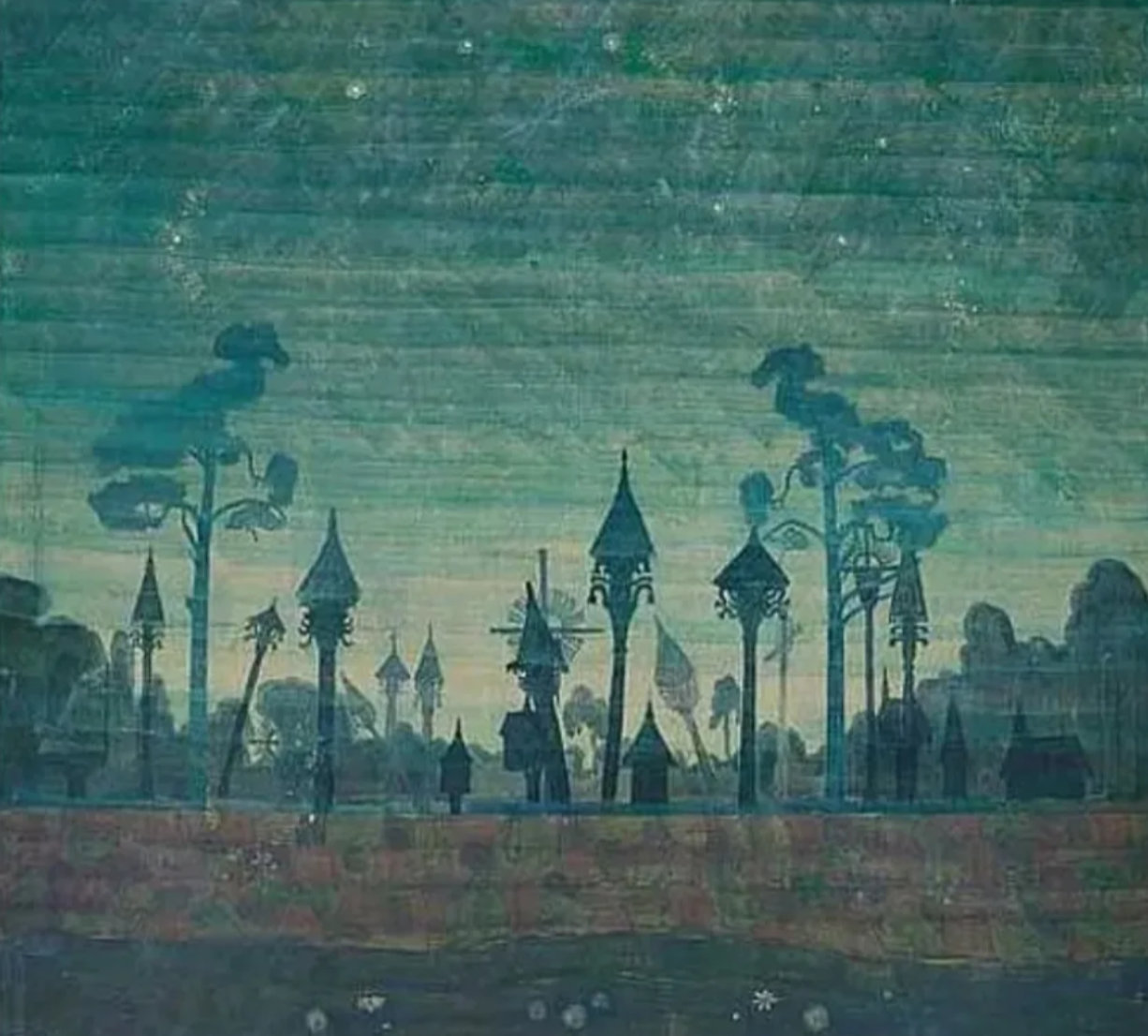
Traditional Folk Art elevated to High Art
Simbolizmo įtaka mokslui
All these trends combined produced a highly impactful artistic mix. It caught the attention of art connoisseurs in Russia and the West alike.
Symbolism’s Influence on Science
Now let us see how artistic ideas can influence science. The ideas of symbolists of the early years of the 20th century later found scientific underpinning in the works of Carl Gustav Jung, a prominent psychologist and student of Sigmund Freud. Jung argued we have a collective subconscious; one of the ways to prove it was our predictable reaction to symbols. For example, Europeans would react to dragon in one way, but the Chinese in quite another way (both reactions would be typical of their respective civilizations but quite distinct from each other).
In the wake of these psychological discoveries, a new area of research was found. Attributes of the collective subconsciousness, such as ancient symbols, psychological archetypes, and even myths, were subject to scientific scrutiny. Hence mythology, with Joseph Campbell as the leading authority in the field.
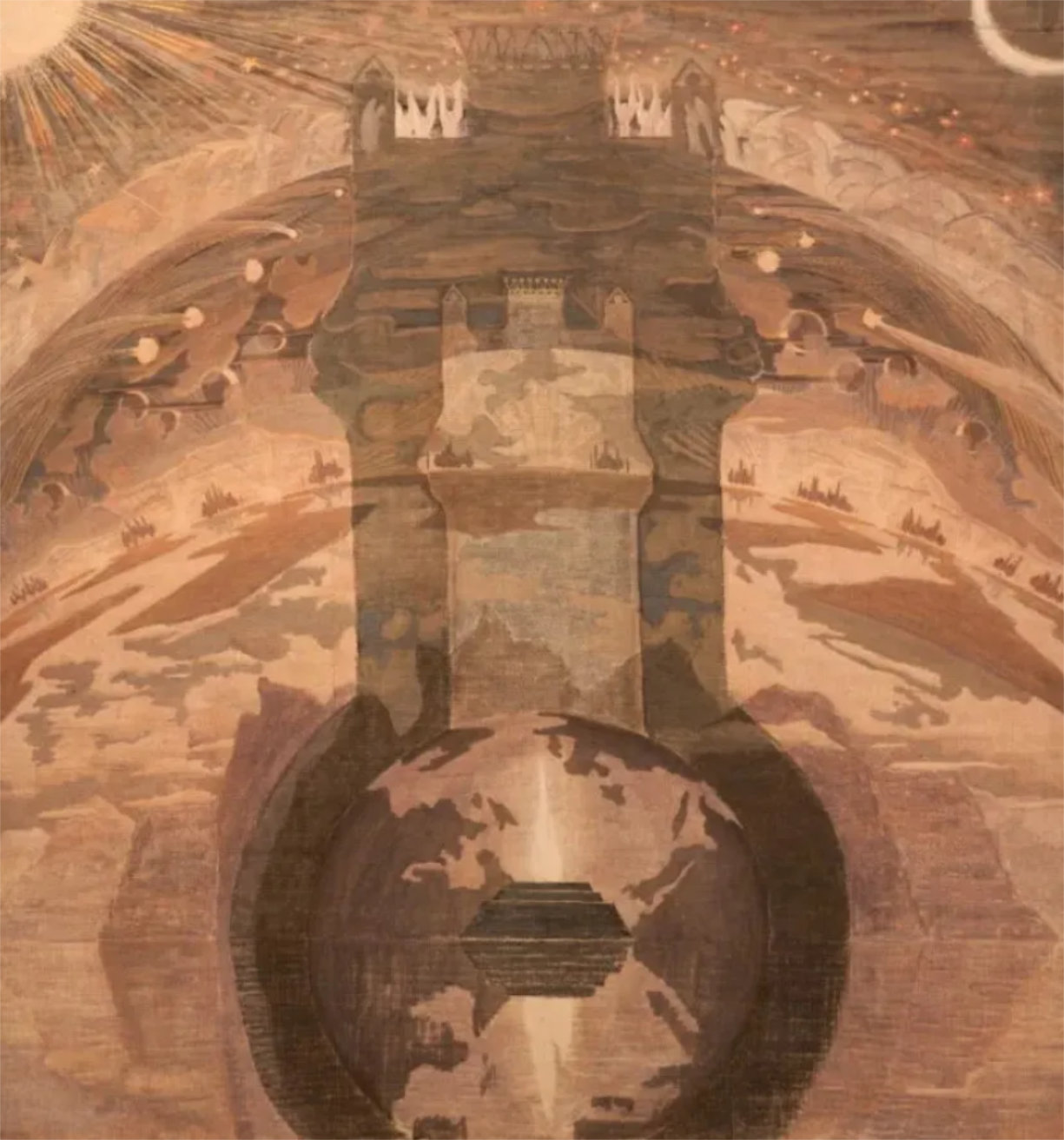
M.K. Čiurlionis. Rex, 1909
Practical Application of Artistic Discoveries
Now let us see how we can draw inspiration from the great artistic discoveries. The subject deserves a thick book, so we will stick to Čiurlionis.
1. Learn about symbols and use to your ends
First, we know from that using symbols in our communication is heavy stuff. With the help of symbols, we can catch and freeze our audience’s attention, penetrate instantly to deep layers of the human psyche. This can be done with the help of words, or, better still, with visuals. Symbolism should be an area of intense study for creators of logos, film, and theatre directors. Not to forget marketers, who, to my knowledge, are keenly interested in the discoveries of mythologists.
2. Apply knowledge in unrelated areas
The second discovery about Čiurlionis was music into paintings and vice versa. First of all, it invites us to try to transfer knowledge into unrelated fields. For example, how could law benefit from agriculture — and the other way round? I do not have any answer at hand. But if we ask ourselves such questions and toil at getting the answers, the rest is up to our imagination. No one gave Čiurlionis the recipe for how to convert art into music and back. He had to stretch his mind and work on solutions. So, I would conclude on this one, Čiurlionis invitated us to challenge our imagination in order to apply knowledge in highly unintuitive ways.
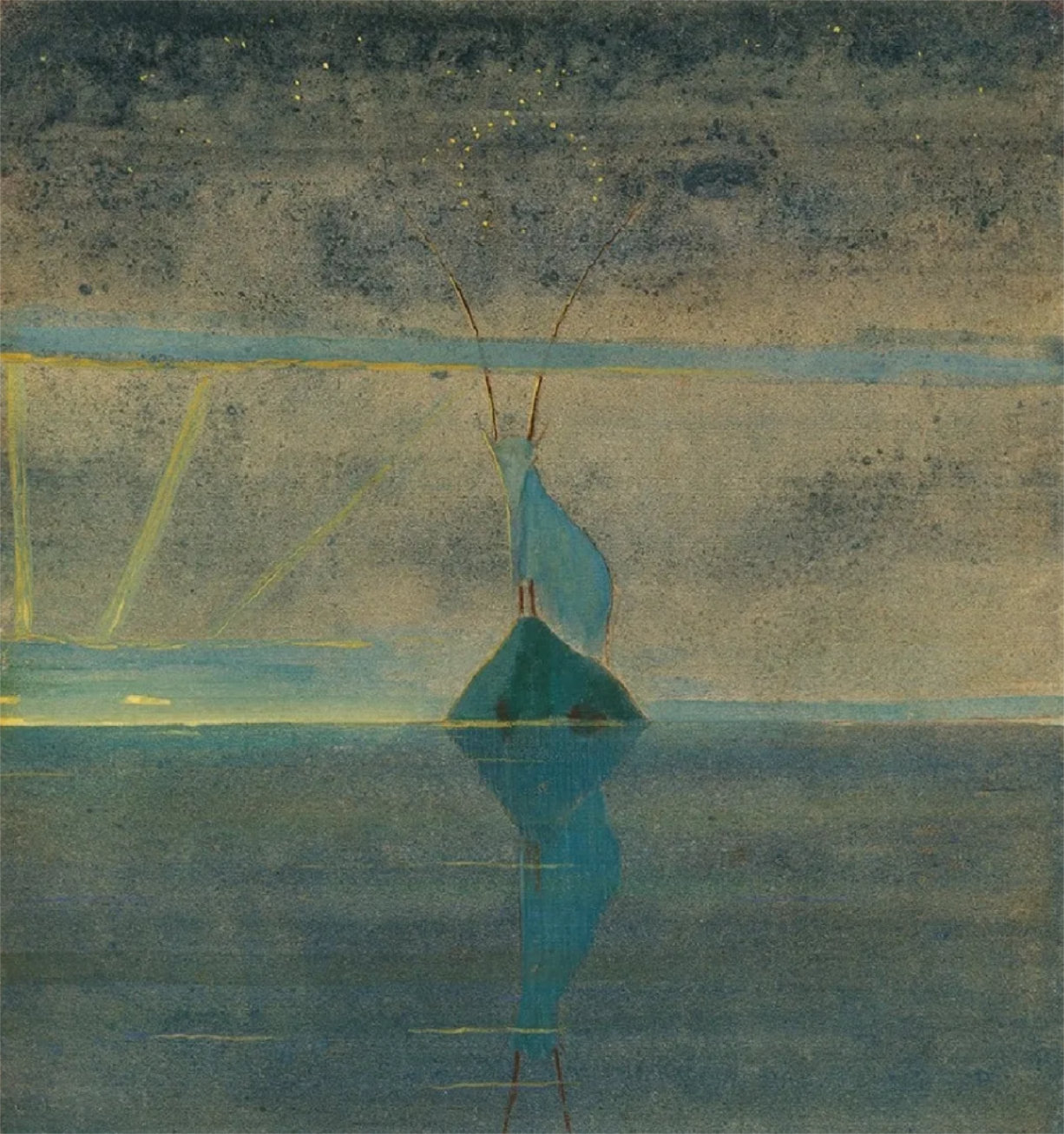
2. Taikyti nesusijusiose srityse
Antrasis Čiurlionio atradimas buvo muzika tapyboje ir atvirkščiai. Visų pirma, tai kviečia mus pamėginti perkelti turimas žinias į nesusijusias sritis. Pavyzdžiui, pamąstyti, kaip teisė galėtų būti naudinga žemės ūkiui ir atvirkščiai? Iš karto gal ir sunku atsakyti. Bet jei nuolat kelsime tokius klausimus ir suksime galvą ieškodami atsakymų, vaizduotė anksčiau ar vėliau mums ką nors pakuždės. Niekas Čiurlioniui neįspraudė į delną instrukcijos, kaip dailę paversti muzika ir atvirkščiai. Pačiam teko įtempti protą ir išlaisvinti vaizduotę kelyje į sėkmę. Čiurlionis mus kviečia pasikinkyti vaizduotę ir turimas žinias pritaikyti neįtikėtinais būdais.
3. Make use of tradition
The third discovery about Čiurlionis was that he drew from traditional art. We at Magistrai practice this one abundantly when we create impactful texts. Čiurlonis helped us realize that when we draw from traditional language, this instantly builds rapport and makes the audience receptive.
For example, I was writing a sales copy in English. The hero comes to the lowest point in his journey. Instead of saying “I was squeezed on both sides,” I used the idiom: “I was caught between a rock and a hard place”. Note how a traditional saying adds weight and trust to the story. At times, when the situation allows, you may want to sound a bit like good ol’ Joe. This will trigger good ol’ memories; people will feel at home. I bet you got a taste of that right here if good ol’ Joe is in your culture.
There are numerous ways how we can draw from traditional culture. It may be a hotel or a restaurant serving tradition. We may revive outdated craft or know-how and rehash it to give a new life.
As was for Čurlionis, it is up to us to find smart ways to capitalize on artistic discoveries. My hope is that this read gave you a new perspective on art and what it is about.
If you are open to the idea of committing your creative texts to masters of language, please check out this opportunity.
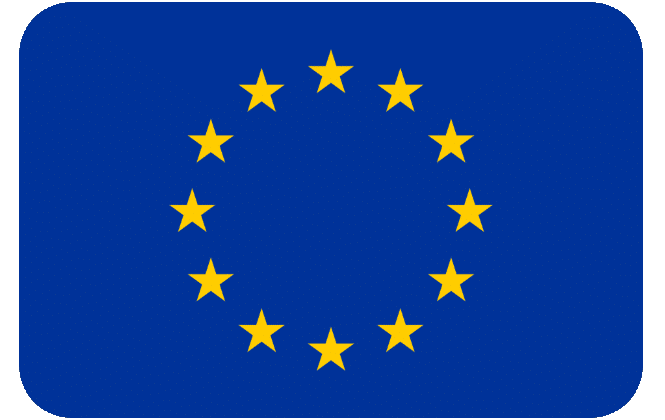 Official Translators for EU Institutions
Official Translators for EU Institutions